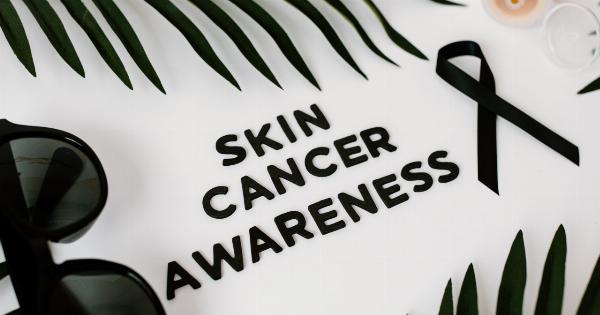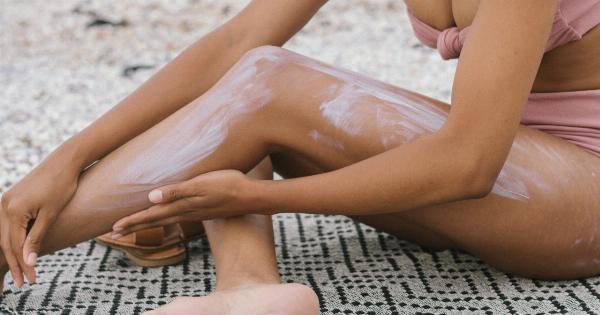Artificial tanning, also known as indoor tanning or sunless tanning, has gained popularity in recent years as people strive for a sun-kissed glow all year round.
While it may seem like a convenient and quick way to get a tan, it is important to keep in mind the potential risks and take necessary precautions to ensure the safety of your skin. In this article, we will discuss some tips for staying safe while enjoying the benefits of artificial tanning.
Understanding the Different Types of Artificial Tanning
Before we delve into the safety tips, it is important to understand the different types of artificial tanning methods available. The most common methods include:.
1. Tanning Beds
Tanning beds use UV radiation to stimulate melanin production in your skin, giving you a tan. The radiation levels in tanning beds can be much higher than natural sunlight, which can increase the risk of skin damage and the development of skin cancer.
2. Spray Tanning
Spray tanning involves applying a fine mist of tanning solution containing the active ingredient DHA (dihydroxyacetone) onto the skin. DHA reacts with the amino acids in the top layer of your skin and creates a temporary color change.
This method does not involve exposure to UV radiation and is considered a safer option.
Tips for Staying Safe with Artificial Tanning
1. Know Your Skin Type
Understanding your skin type is essential to determine how it will react to artificial tanning. Fair-skinned individuals are more prone to sunburn and should take extra precautions to avoid overexposure to UV radiation in tanning beds.
2. Avoid Overexposure
One of the most important tips for staying safe while artificial tanning is to avoid overexposure. Limit your tanning sessions to the recommended time, as excessive UV radiation can damage your skin and increase the risk of skin cancer.
3. Wear Protective Eyewear
When using tanning beds, always wear protective eyewear to shield your eyes from harmful UV radiation. Failure to do so can lead to eye damage or even cataracts.
4. Use Sunscreen
Even though you are not exposed to natural sunlight, it is still important to use sunscreen when engaging in artificial tanning. Look for a broad-spectrum sunscreen with an SPF of 30 or higher and apply it generously to all exposed areas of skin.
5. Moisturize Your Skin
Artificial tanning can often leave your skin feeling dry and dehydrated. To combat this, moisturize your skin regularly to keep it hydrated and healthy. Choose a moisturizer that is free from fragrances and other potentially irritant ingredients.
6. Exfoliate Before Tanning
Before applying any tanning solution, it is important to exfoliate your skin to remove dead cells and ensure an even application. Use a gentle exfoliating scrub or mitt to buff away any rough skin patches.
7. Seek Professional Assistance
If you are unsure about how to use tanning beds or apply spray tanning solutions correctly, seek professional assistance.
Visit a reputable salon with trained staff who can guide you through the process and answer any questions or concerns you may have.
8. Be Aware of Potential Allergies
Some individuals may have allergies or sensitivities to the ingredients used in tanning solutions. Before trying a new product, perform a patch test on a small area of skin to check for any adverse reactions.
9. Monitor Your Skin
Regularly monitor your skin for any changes, such as new moles, growths, or changes in existing ones. If you notice anything unusual, consult a dermatologist promptly to rule out any potential skin issues.
10. Consider Alternatives
If you are concerned about the potential risks associated with artificial tanning, consider using alternative methods to achieve a tan.
This can include self-tanning lotions, gels, or sprays that provide a temporary tan without the need for UV exposure.
Conclusion
Artificial tanning can offer a convenient way to achieve a sun-kissed glow, but it is important to prioritize the safety of your skin.
By following these tips and taking necessary precautions, you can enjoy the benefits of artificial tanning while minimizing the risks to your health. Always prioritize your skin’s well-being and consult a dermatologist if you have any concerns or questions.




























